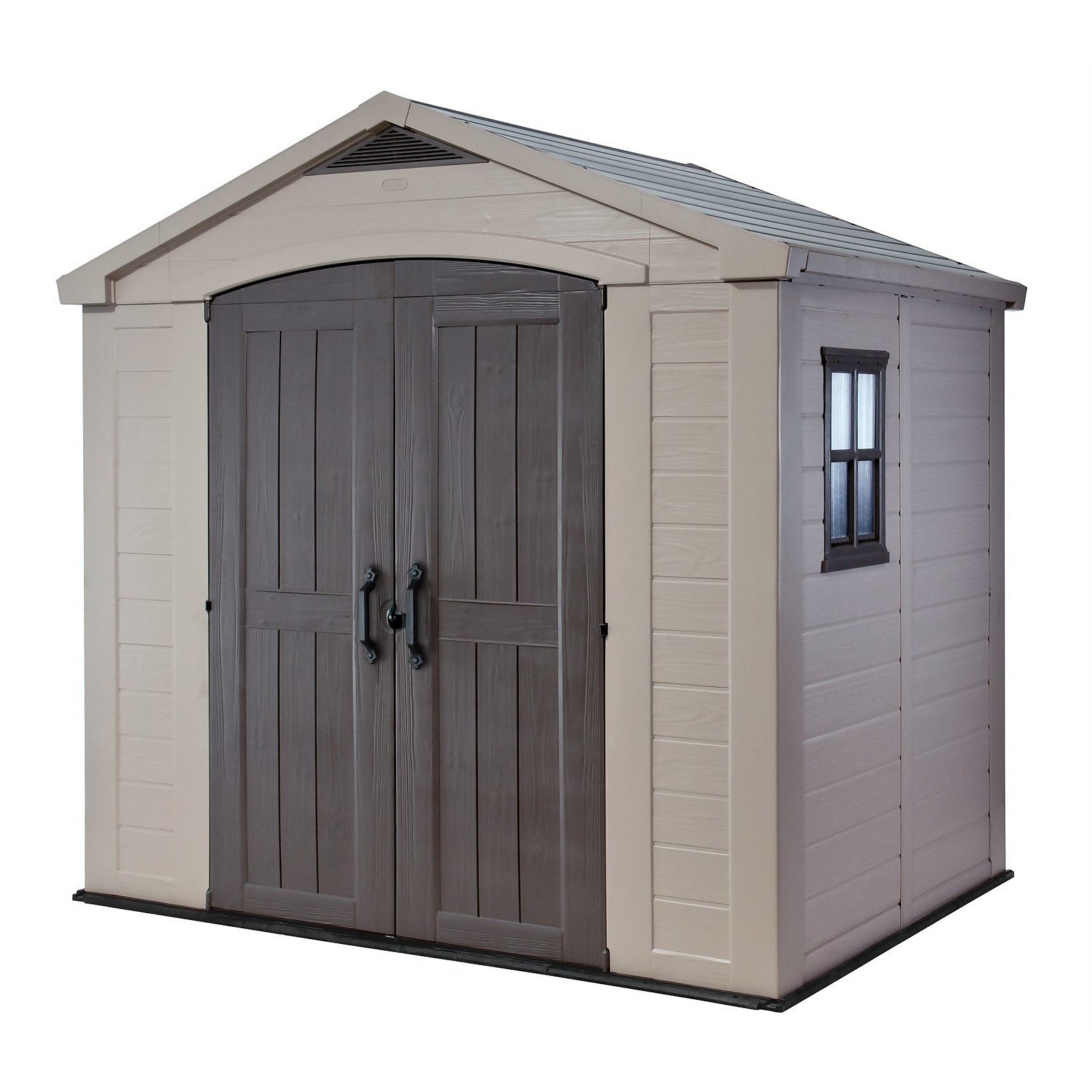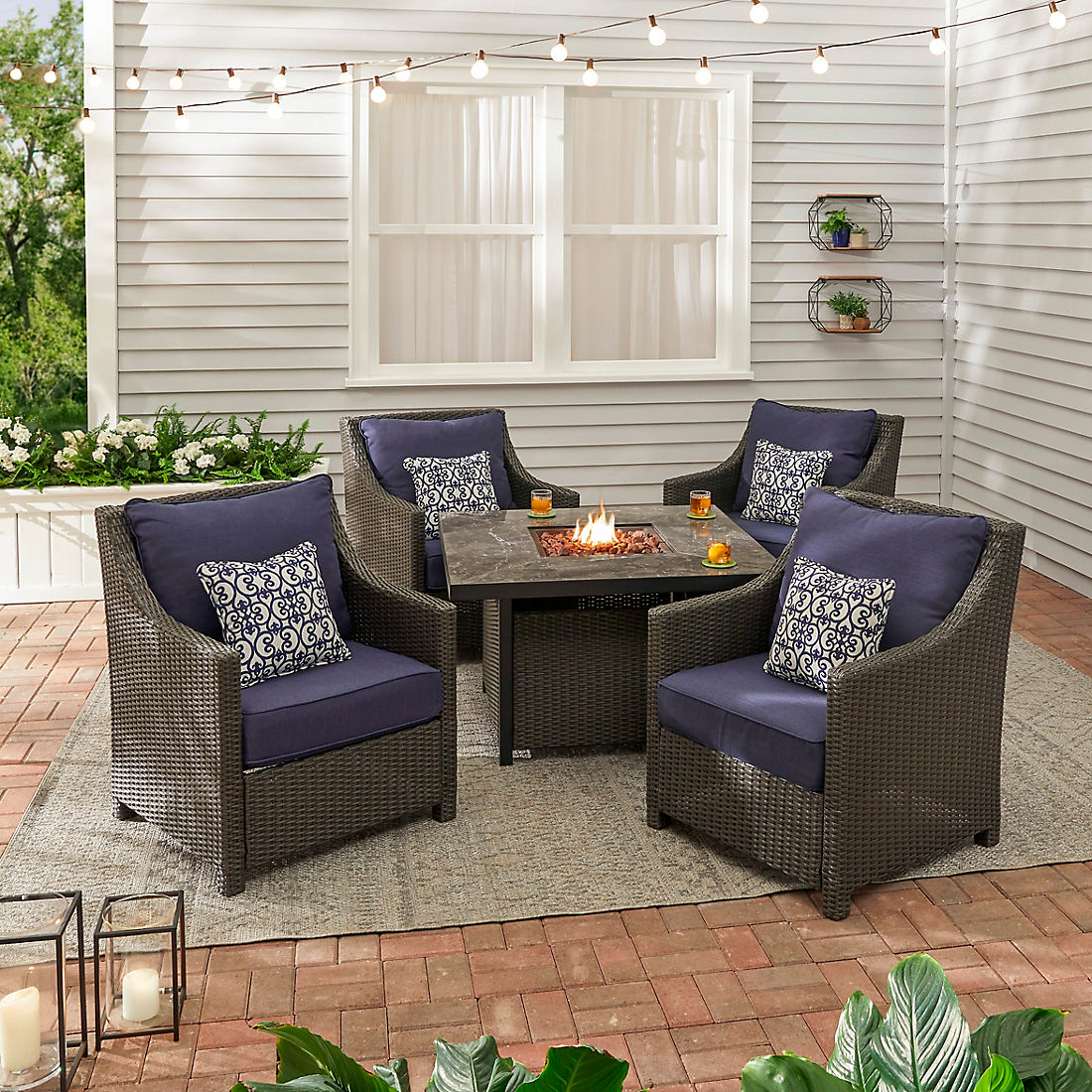The Wall Farm Indoor Vertical Garden – Wall Farm with Salad Kit
The Click & Grow Wall Farm is indoor vertical garden that grow fresh herbs, fruits and leafy greens all year round and hyper-locally. Take a look!
Our innovative technology makes growing edibles and flowers at home year round super easy. Thanks to our unique Smart Soil technology our vertical gardens can easily be integrated into every home, restaurant, school, grocery store, or office.
The Wall Farm has 3 shelves fully stacked with watering and lights. The Wall Farm has 51 growing holes in total.
Choose between 6 complementary plant starter kits that all contain 54 plant pods to get you started:
- HERB & SALAD KIT: 9 green lettuce, 9 romaine lettuce, 9 arugula, 9 basil, 9 curly parsley and 9 chives plant pods.
- SALAD KIT: 18 green lettuce, 18 romaine lettuce, 9 Red Kale and 9 Leaf Mustard plant pods.
- DARK GREENS KIT: 9 x romaine lettuce, 9 red kale, 9 pak choi, 9 bloody sorrel, 9 leaf mustard and 9 arugula plant pods.
- HERB KIT: 9 thyme, 9 rosemary, 9 basil, 9 cilantro, 9 chives and 9 curly parsley plant pods.
- FLOWER KIT: 18 busy lizzie, 18 petunia and 18 moss rose plant pods.
- VARIETY KIT: 9 mini tomato, 9 chili pepper, 9 basil, 9 curly parsley, 9 green lettuce and 9 arugula plant pods.
We recommend subscribing to regular plant deliveries to make sure you never run out of plants to grow and always save on time and money.
Note: The Wall Farm will be shipped in 3 packages: one containing the plywood shelf parts, one containing the hardware details (lights, water tanks etc.) and the third will contain all the plants.
Additional information
| Warranty | 1 Year Hassle-Free Warranty |
|---|






Reviews
There are no reviews yet.